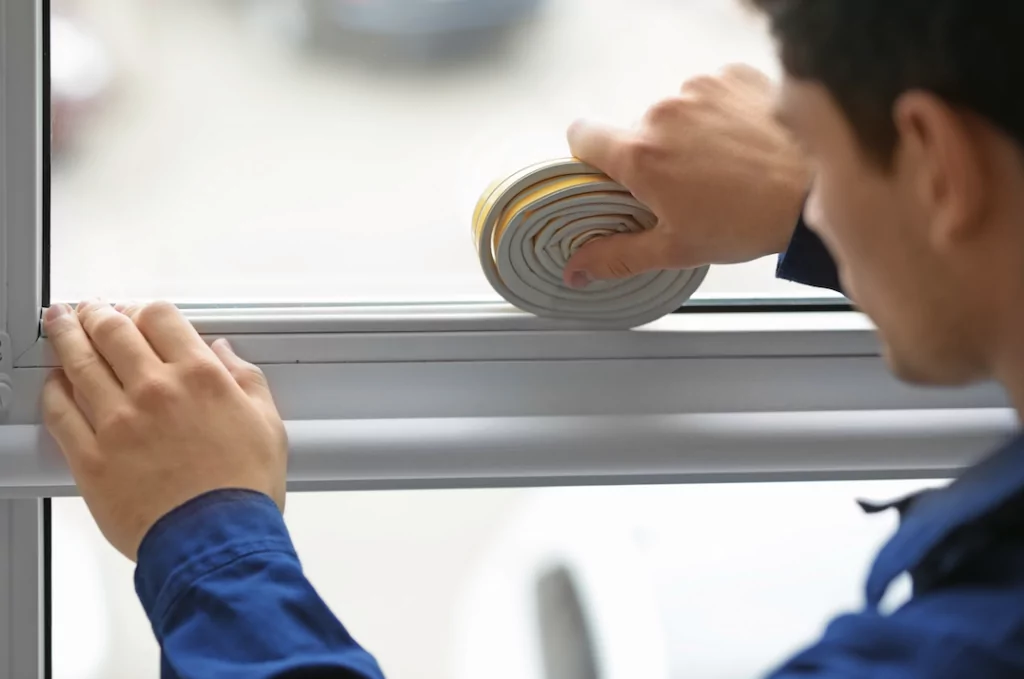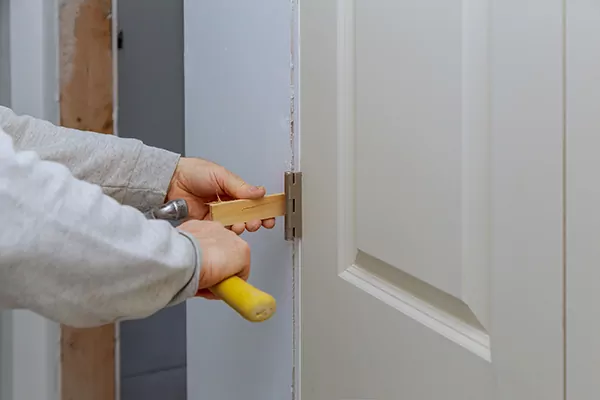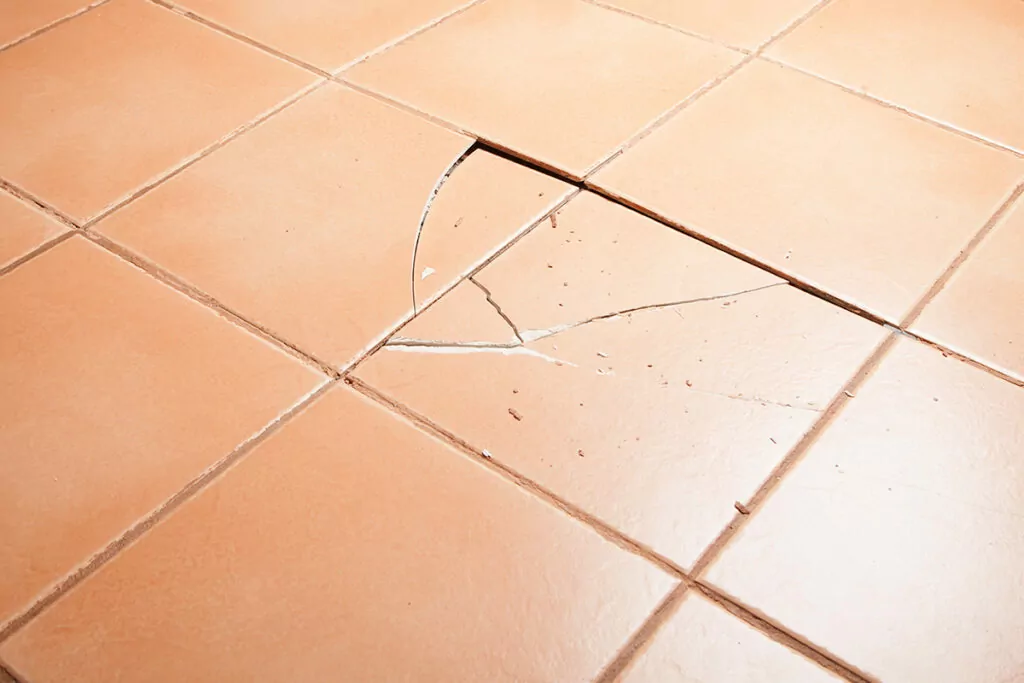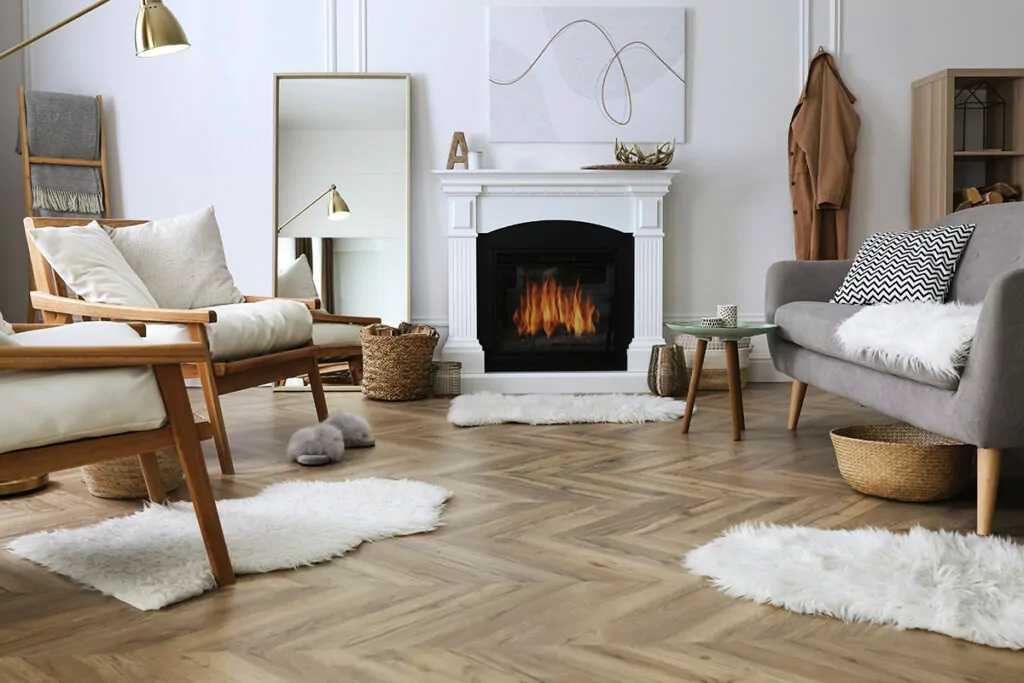Winter is coming and with it high energy prices and a constant chatter about energy consumption and global warming. That’s two reasons why house insulation has never been more important. Windows, doors, walls… There’s so much you can do to keep your home warm, from the basement to the attic. Here are our tips to reduce heat loss, energy bills as well as your carbon footprint.
England has a real insulation problem. The charm of the old Victorian houses or cottages comes at a price. And this price is only growing as electricity and gas costs are skyrocketing. Have you ever felt that sneaky little draught whilst you sit on a floor, or have you ever noticed how cold it feels behind the curtains when you open them in the morning? So before cranking the radiator to 22 degrees, there’s a lot you or a Tasker can do to insulate your windows, your doors and your walls.
What Materials Do You Need To Insulate Your Home?
- Foam board insulation
- Weather seals
- Window film covers
- Draught-proofing strips
- Door draught excluders
- Self-adhesive foam strips
- Keyhole cover
- Floor filler
- Silicone or hard fillers
How to insulate walls
According to recent studies, almost a third of heat loss in homes comes from poor wall insulation. The best way to insulate your walls is to use expanding foam, insulation boards or roll, fibreglass, or mineral wool fibre. What you need to use depends on the type of walls of your house (cavity wall, solid wall or else) and what room you’re insulating. For the kitchen or bathroom, you’ll want to only use mould and mildew-resistant materials. Ask a professional, or your real estate agent about the type of walls in your house as this will help the person in charge of insulating your walls and avoid some unnecessary holes and damages.
How To Insulate Windows
…With the oldest trick in the book – thick curtains! And make sure they don’t cover your radiator so the air is not trapped behind it. To properly insulate windows, you should also look for air gaps around the frames, a typical issue of old English homes. An easy solution is to block up the cold air with draught-proofing strips. This could save you up to £60 a year. And if you don’t plan on opening certain windows all winter, taping window film covers will surely reduce draught. And of course, the long-term solution would be to install double or triple glazing to reduce heat loss (and noise).
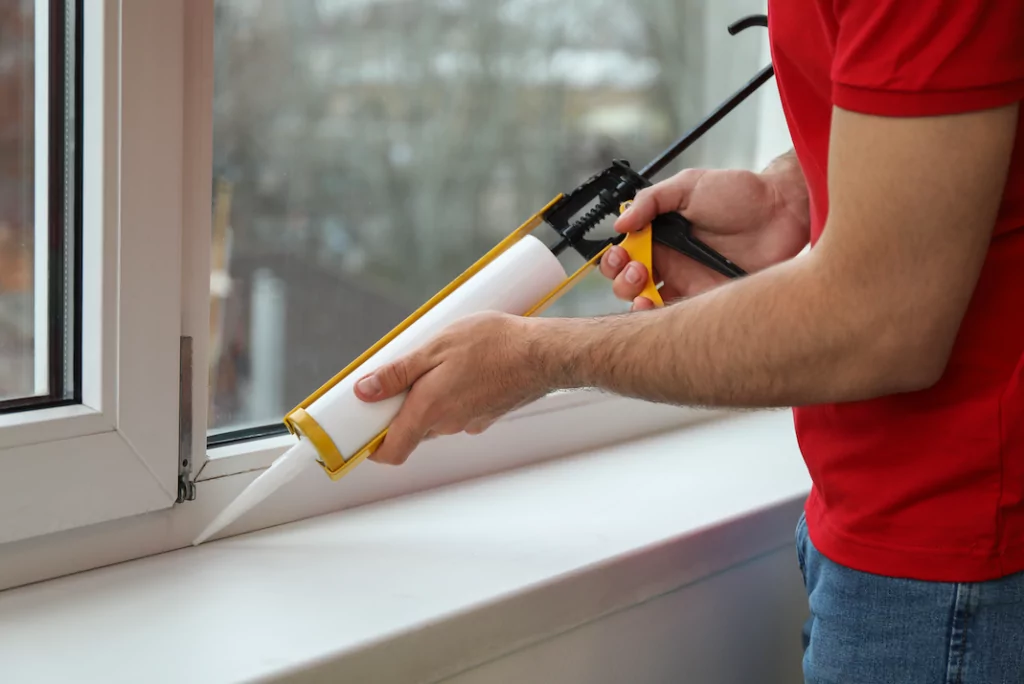
How To Insulate Doors
Insulating doors is very easy. Use weather strips on the exterior and interior to seal gaps, a keyhole cover, and a door draught excluders or seals at the bottom of the door. For doors that will remain closed all winter, use removable caulking or cover the door with a plastic film that will catch any draught.
How Much Does It Cost To Insulate A House?
This depends on how old your home is and therefore how well-insulated it already is. On average, draught-proofing costs about £225 for a typical semi-detached English house, and that includes the cost of the materials and the labour. Wall insulation costs can vary from £300 to £1800 if you have cavity walls, but you should make the money back with lower energy bills in 2 to 3 years. If you have solid walls, then insulation is pricey and can cost several thousand but save you up to £1000 a year in Energy bills. Finally, pipe insulation can cost anything from £100 to £1000 but you could lower your energy costs by up to £300 a year.
For more information on how much you could save and how much the home repairs will cost you, go to energysavingtrust.org.uk.
Insulation By Room
Insulating An Attic
This might seem pointless but it really isn’t. On average a quarter of the heat is lost through the roof. So even if the attic hasn’t been converted into a nice loft and you never set foot there and therefore have never insulated it, it is still worth doing some work. The best way to insulate an attic is by installing insulation rolls made of mineral wool. If the attic is hard to reach, then a specialist can still blow expanding foam to retain as much heat as possible. Floor fillers come also very handy in the attic as wooden floors usually contain many gaps that let cold air flow from the attic to the rooms below.

Insulating A Basement
Spraying foam insulation is usually the preferred solution for a basement. It is easy to use, great for irregular walls, which is often the case for a basement, and more importantly is moisture-resistant. Avoid anything made out of wool as it will develop mould due to the moisture often found in basements.
Insulating Living Spaces
All the tips previously mentioned can be used to insulate a living room or a bedroom. You can spray foam insulation or lay blanket-style insulation if bigger home repairs don’t scare you. For a quick and easy solution to insulate a room, draught-proof the windows and get heavy curtains or lay some fluffy carpet to cover hardwood floors with creaks. Make sure also your radiators are not directly behind furniture to allow the hot air to circulate within your room.
Insulating A Kitchen
It goes without saying that if you decide to insulate the walls, you need to select materials that are moisture-resistant. If tearing down your wall to install insulation foam or fibreglass isn’t an option, you can also opt in for insulating paint which has properties that absorb heat that would normally escape through the wall. Look also in-between cabinets and underneath them along the floor to spot any air gaps that you can easily fill with foam.
Insulating A Bathroom
Similar to the kitchen, you need to take into consideration the constant steam and moisture found in the bathroom if you want to install insulation behind your walls. Bathrooms usually require the installation of a vapour barrier as well, such as plastic or felt paper to keep moisture away from the walls and ceiling. Bathrooms are also where you want to insulate your hot and cold water pipes to reduce heat loss, especially if you notice that it takes a while for your faucet water to heat up.

